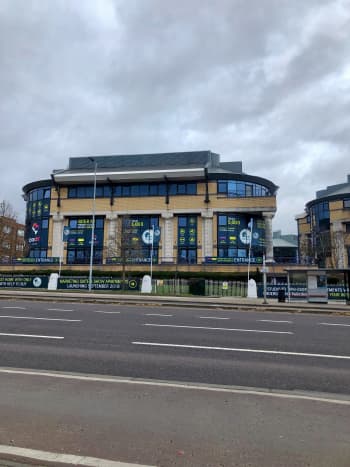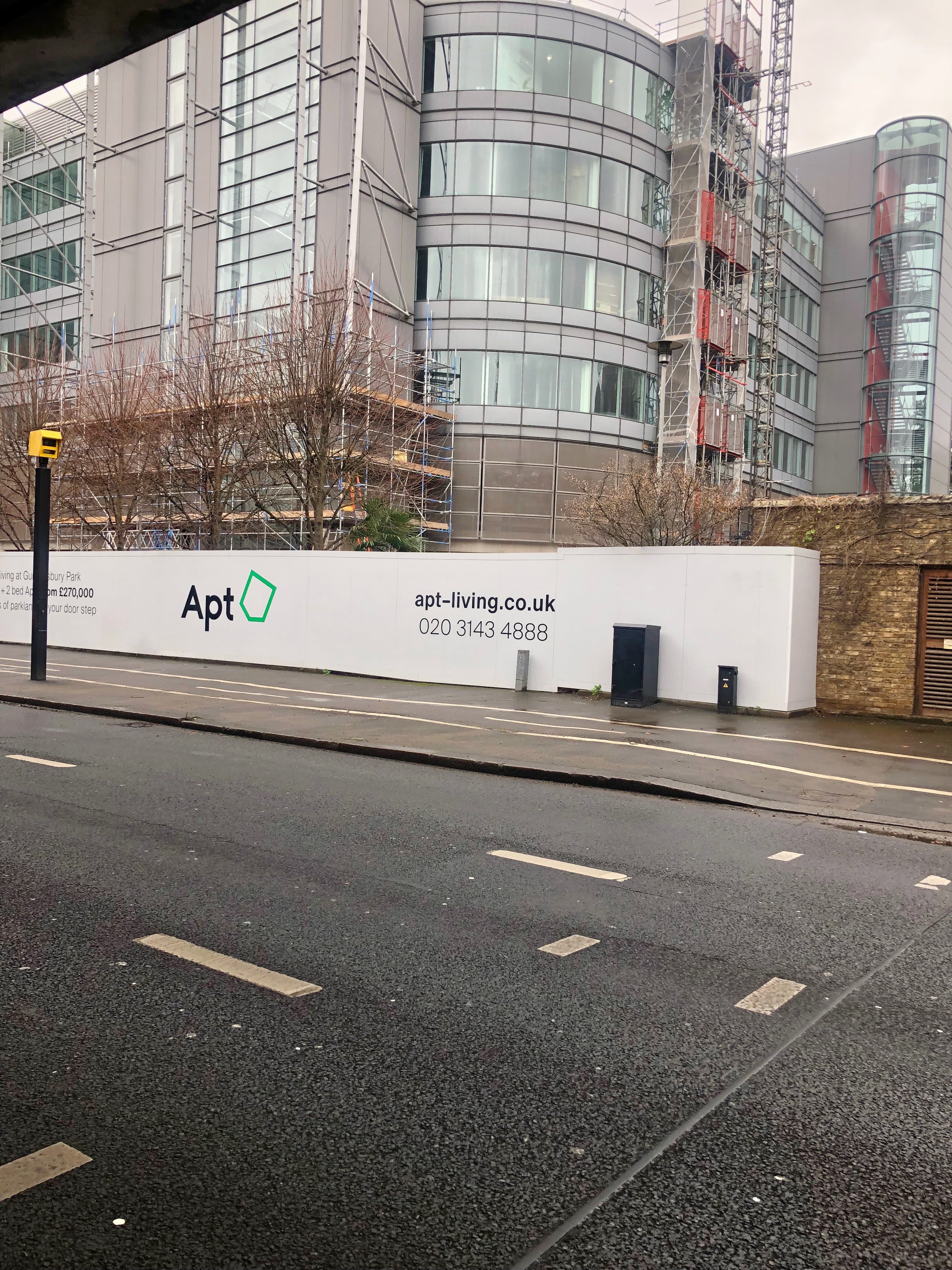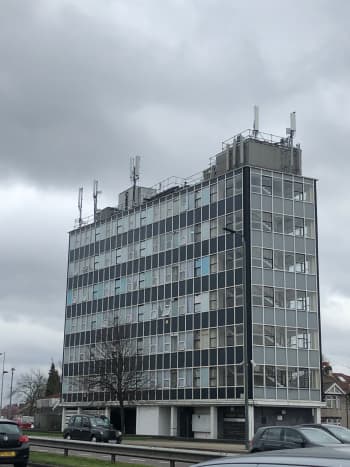Can people live in commercial spaces?
New research sheds light on the health costs of housing converted from commercial buildings
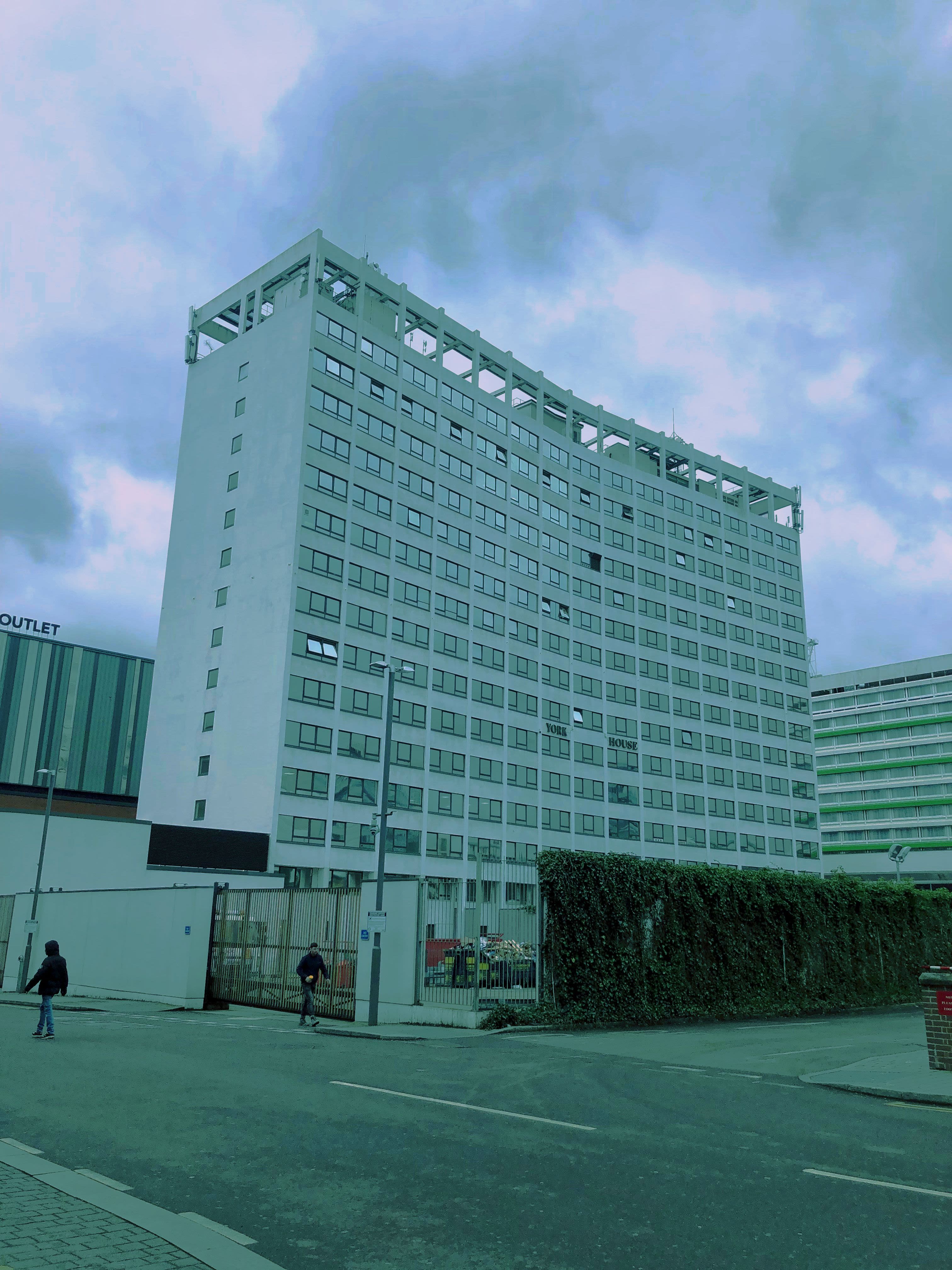
A room with no windows.
A kitchen so small, your kettle sits on a stool.
You open the front door of the office block you live in to find out what the weather’s like. The nearest food shop, doctor or green space is miles away.
Thousands of people across England woke up like this today. They’re living in housing created via a deregulated planning route, because of changes to permitted development rights by the UK Government in 2013.
Disused commercial office blocks and retail units have been adapted, creating around 100,000 dwellings, with roughly 9,000 created last year.
Until 2020, there was no requirement for these homes to have windows. Only 22.1% met suggested national space standards, and only 3.5% had access to any private or shared outdoor space.
Now, a transdisciplinary study from researchers Professor Ben Clifford and Dr Helen Pineo has assembled evidence that living in these spaces is bad for your health – and the effects might be worse for people who are already vulnerable.
“It’s unbearable in summer...the flats are like greenhouses.”
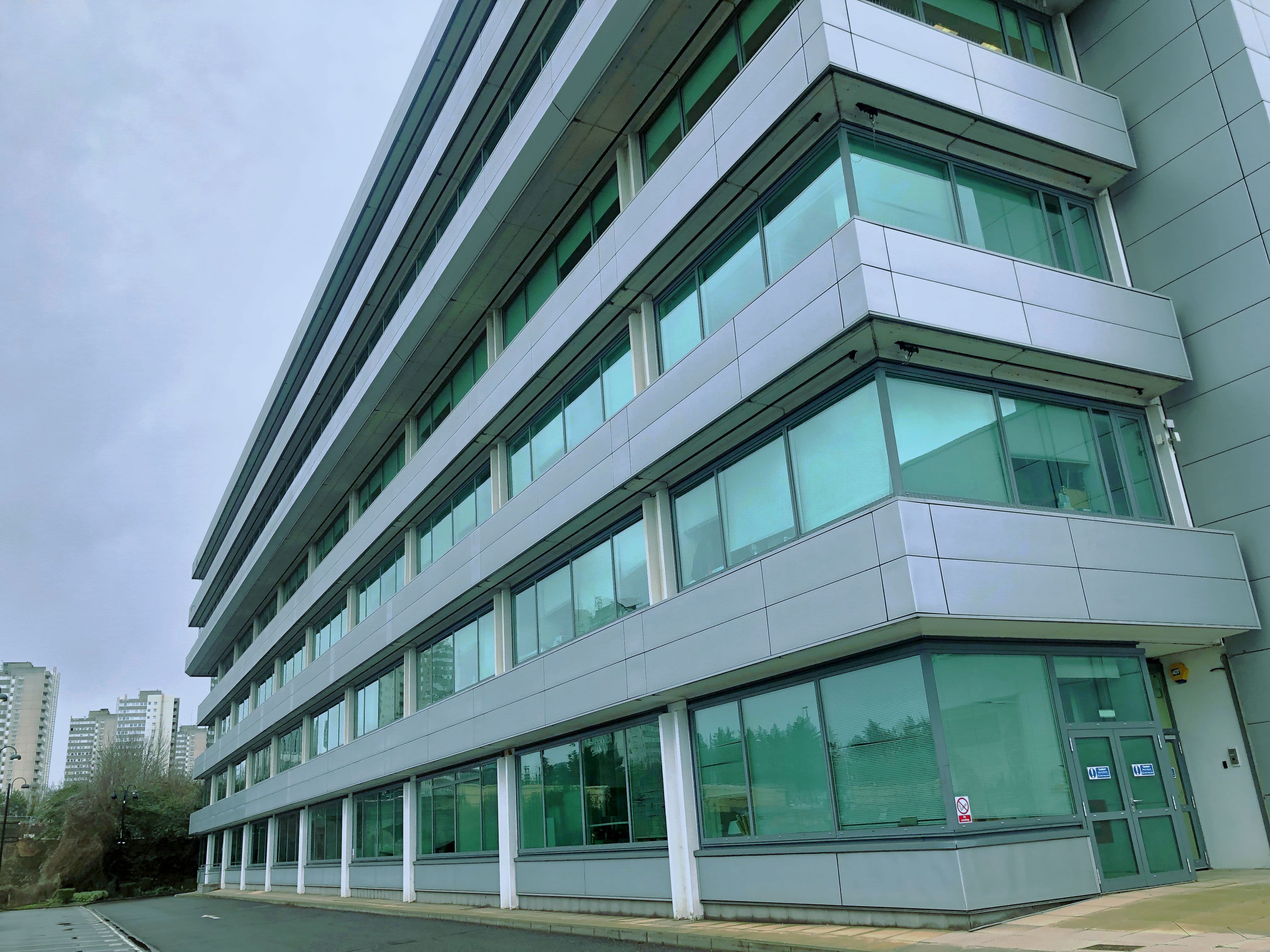
Sickness in UK housing
Professor Ben Clifford, of UCL's Bartlett School of Planning, first became aware of these issues while working on an urban planning research project in 2018. Noticing how many of these permitted development (PD) residences suffered from substandard space, lighting, ventilation and location, Ben began to investigate, and was eventually commissioned by the UK Government to write a report.
Published in 2020, Ben’s report analysed the floor plans of 1,000 properties from 11 different local authorities across the UK. Using this quantitative data, Ben was able to show how few of these houses met suggested national space standards. Ben’s findings led to the amendment of the PD rights, but many feel the amendments didn’t go far enough.
Looking to further investigate the negative impacts of PD housing on its inhabitants, Ben teamed up with Helen, then based at UCL's Bartlett School of Environment, Energy and Resources. Helen's specialism in urban health research allowed her to provide a range of cohesive frameworks and tools to measure the health and wellbeing of participating PD residents.
Ben and Helen designed a pilot study to interview residents and examine the connections between PD housing and health in London.
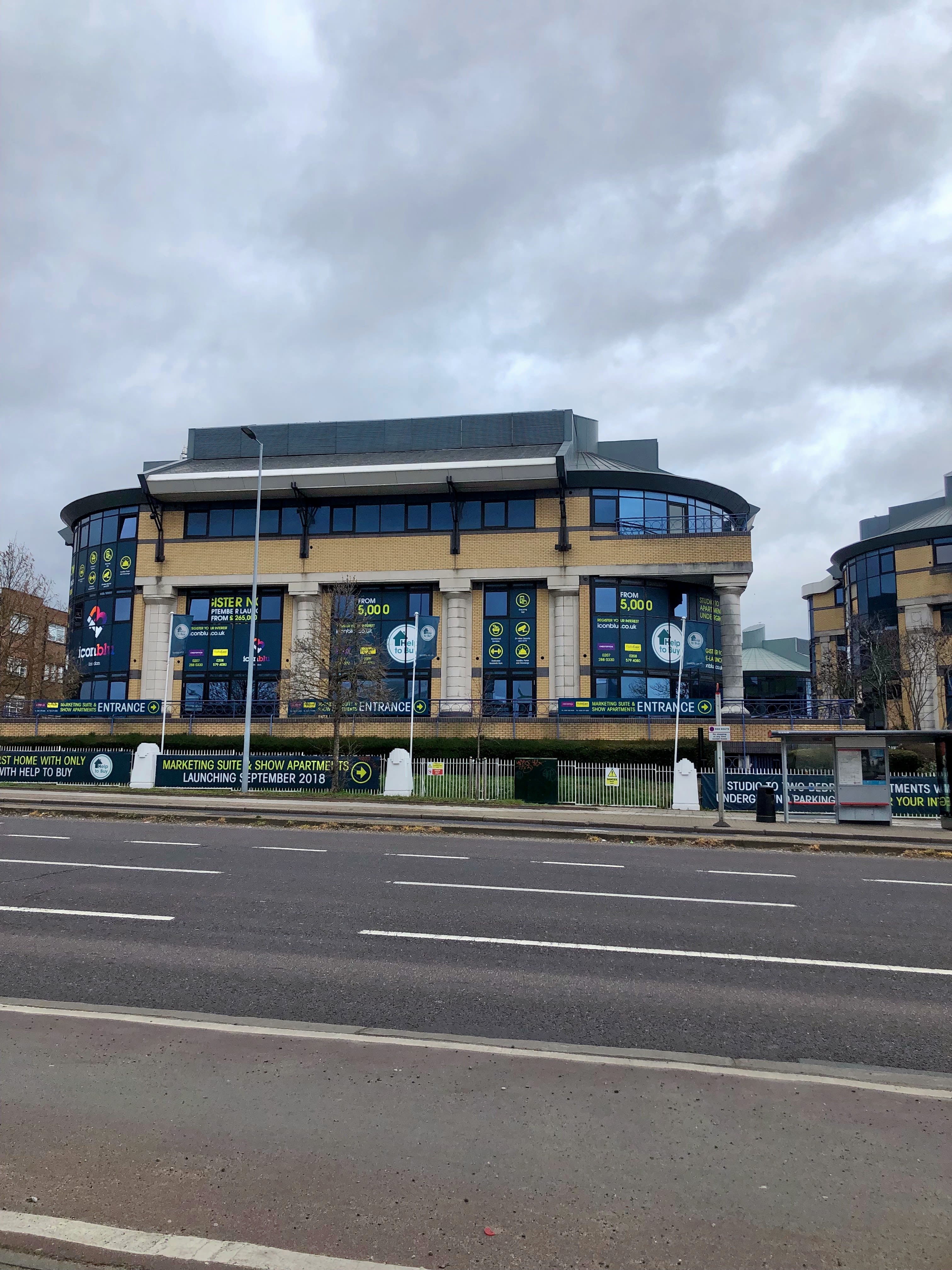
Findings
Supported by funding from Impact on Urban Health, and with help from homelessness charity Groundswell, the academics uncovered evidence of 29 separate negative health impacts – balanced by eight positive impacts, mainly centred around the availability of additional low-cost housing in the area.
“We need far better regulations – and enforcement of these regulations, not just for permitted development but for all housing. But this permitted development is really at the sharp end of the worst kind of examples we’re seeing.”
Some of these issues are geographical, as industrial estates or shopping centres are often located far from important amenities like schools, healthcare, public transport and supermarkets.
Additionally, many of these developments are created without community consultation, and without any developer contributions towards the social infrastructure needed to sustain these residents.
These neighbourhood factors exacerbate the negative health impacts found at the building level. The study found that a lack of residential space, accommodation cooling options, local amenities and perceived safety correlated with low levels of wellbeing.
One of the key findings of the study was that 14% of the residents didn’t have a window they could open. Similarly, 32% did not have a window that they could easily see out of, for example just having skylights.
With lack of ventilation or fresh air to alleviate overheating or avoid damp, mould and rot, some tenants also found themselves saddled with restrictive tenancy agreements that prevented them from installing blinds, curtains, or any other light barrier.
Overheating was one of the most common complaints. As one resident pointed out, “It’s unbearable in summer...the flats are like greenhouses.”
New Horizons Court, an office-to-residential permitted development conversion at a business park in Brentford, west London. Image credit: Ben Clifford
New Horizons Court, an office-to-residential permitted development conversion at a business park in Brentford, west London. Image credit: Ben Clifford
Parkview, a former office building adjacent to the M4 motorway in Brentford, west London, now converted to flats under permitted development. Image credit: Ben Clifford
Parkview, a former office building adjacent to the M4 motorway in Brentford, west London, now converted to flats under permitted development. Image credit: Ben Clifford
Health equity and the wider context
“The quality of the housing that we studied was mixed, but the small space and poor window provision that we found commonly is really worrying for health and wellbeing.”
Helen points out the implications of this study for the more vulnerable residents.
“From a health perspective, what’s really worrying is that these properties are probably housing people with a number of health problems already. People from lower income, marginalised groups are more vulnerable to poor quality housing, so it has a bigger effect on them.
“Imagine a family with asthma problems, living near a busy road, and being put in one of these homes with poor air quality, no ventilation, overheating problems. It just makes things worse, it’s a real health equity problem.”
Even though the regulations around PD housing were tightened slightly in 2021, there is still no sign that the unregulated housing built prior to this will be subject to any retroactive planning legislation.
Ben feels the study evidences deep problems in UK housing.
“There’s a housing crisis in England, but I think if your solutions lead to more people living in worse quality housing, that’s a false economy that leads to all kinds of other issues.
“We need far better regulations – and enforcement of these regulations, not just for PD but for all housing. But this permitted development is really at the sharp end of the worst kind of examples we’re seeing.
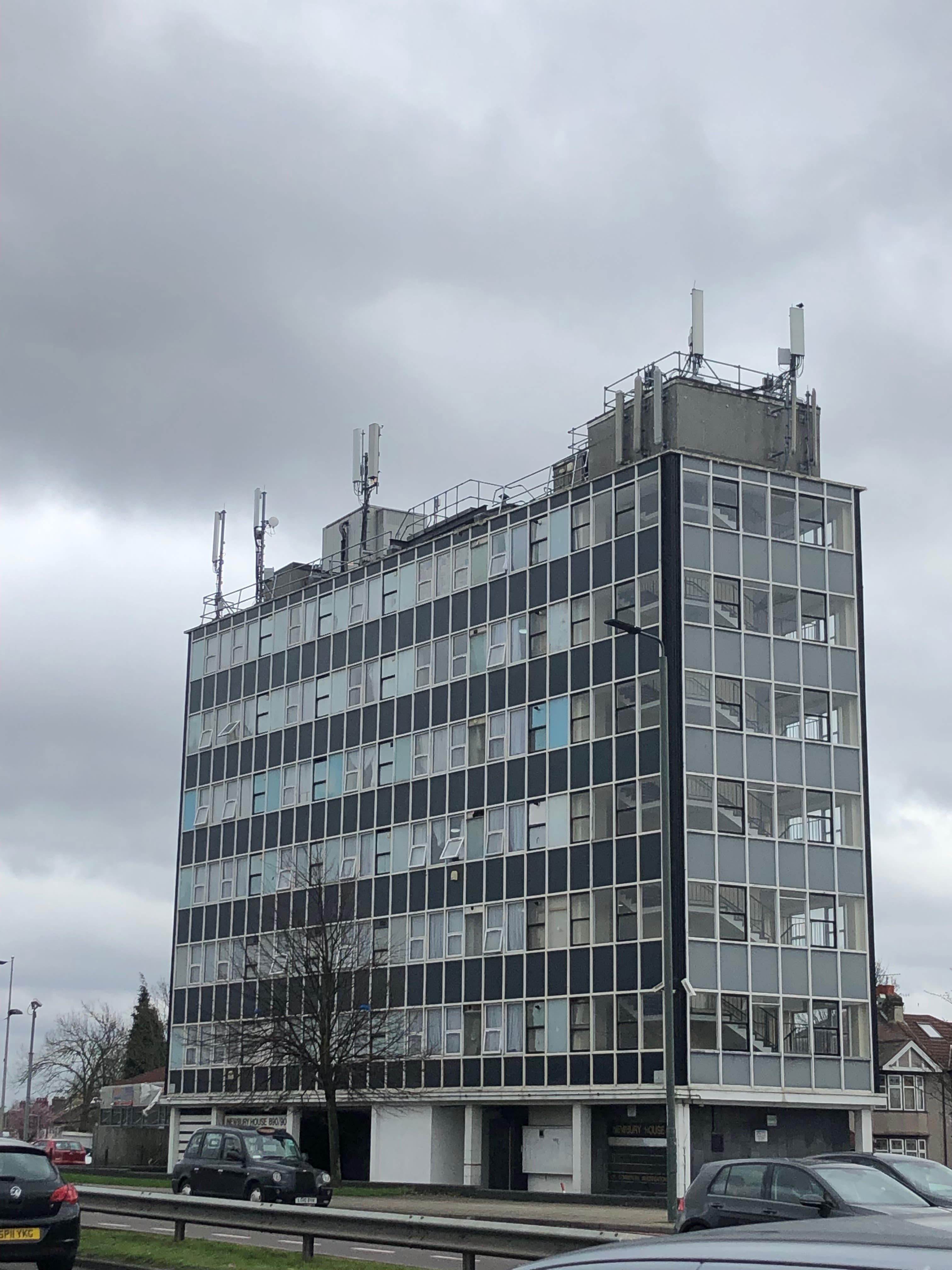
Next steps
This study has paved the way for a larger, more comprehensive study, funded by the National Institute for Health and Care Research. This new project aims to create a new dataset of PD homes across England, cross-referenced with NHS records and compared with a control group, to better determine the health impacts of PD housing.
Interviews to explore lived experiences and environmental modelling equipment in resident’s homes will help the research team form a set of recommendations for policymakers.
However, in the light of controversial new extensions to the permitted development legislation, Helen is realistic about the scale of the challenge facing the housing industry.
“The problem is systemic, but a deregulated approach is not working to protect the health and wellbeing of residents. The Hackitt review made very clear that the building regulations system – and the enforcement of that – is broken.”
“The building regulations system – and the enforcement of that – is broken.”

About the authors
Professor Ben Clifford
Professor of Spatial Planning and Governance, the Bartlett School of Planning, UCL
Ben Clifford has been involved in research on devolution and planning, local authority housebuilding, deregulation and planning (particularly permitted development in England) and outsourcing and the public interest in planning. His research on permitted development was recognised with an RTPI prize for research excellence in 2018 and in 2021 he was named by Apolitical as one of the '100 Most Influential Academics in Government' in the UK. Ben serves as the Programme Director for the Spatial Planning MSc and the Spatial Planning Degree Apprenticeship MSc at UCL.
Dr Helen Pineo
Research Associate Professor at University of Washington, and Honorary Associate Professor at UCL
Helen Pineo is an urban planner, and her research focuses on how development, regeneration and urban policy can support health and sustainability. She contributes to the evidence base about why and how to do healthy urbanism by using transdisciplinary approaches and amplifying the needs of under-represented communities and the planet. Prior to joining the University of Washington in 2023, Helen lived and worked in London for 16 years. Most recently, she was an Associate Professor at University College London. Previously, she worked as an urban planner for over a decade on new developments and planning policy in the UK and internationally.
Learn more about spatial planning
The Bartlett School of Planning at UCL offers a professionally accredited Master's programme enabling students from any background to 'fast-track' into a career in planning. Our degree apprenticeship gives a direct route for practicing chartered town planners in the UK. Find out more:
Story produced by All Things Words
© UCL The Bartlett 2023

